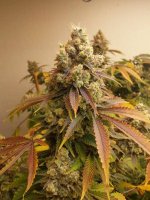NEED 4 SEED
Well-known member
I'm using Azos. You can use any that use N fixing bacteria. I would recommend anyone starting to use these start slow. Do not use the powder when doing a up pot.
If these are living organisms, how long can you store them and how?
We don't even have products like this over here.





